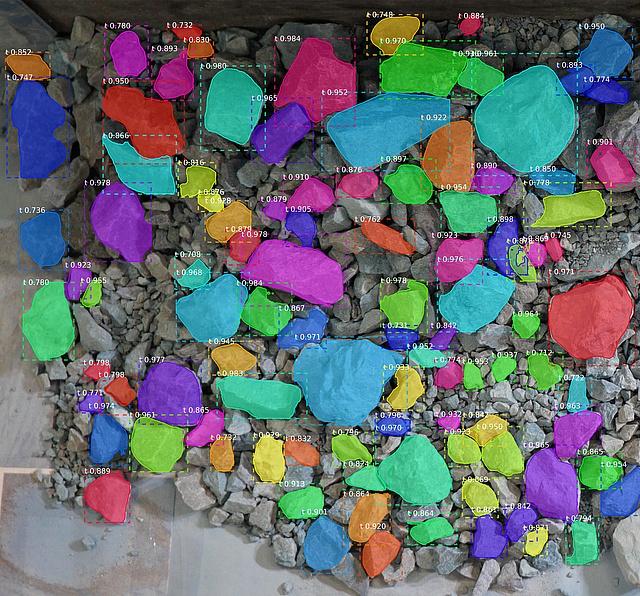
SLIM EU-Project (2016-2020)
The main economic, technological and environmental challenges of small mining include reducing high investment costs, reducing generation of waste and large tailings, identifying and addressing environmental impacts, and improving flexibility, automation and safety of operations. However, at the moment, there is no quick-fix available to reduce the environmental impact from mines, and it is neither realistic to expect production solutions very distant from today’s technologies. Considering that the present mining technology is based on rock blasting and mobile mining equipment for loading and transportation, the major challenge is to generate a new sustainable systemic solution that affects positively the relevant mining value chain.
SLIM aims to develop a cost-effective and sustainable selective low impact mining solution based on non-linear rock mass fragmentation by blasting models, airborne particulate matter, vibration affections and nitrate leaching mitigation actions for exploitation of small mineral deposits (including those with chemically complex ore-forming phases) through a new generation of explosives and an advanced automatic blast design software based on improved rock mass characterisation and fragmentation models for optimum fragmentation and minimum rock damage and far-field vibrations. SLIM consortium is led by UPM (es), with LTU (se), MUL (at) and TUG(at) as Research Insitutions, 3GSM (at - Rock fragmentation and blasting software), MAXAM (es - Explosives), ORGIVA(es - Fluorite mine) and ERZBERG (at - Iron mine) and ARNO (es - Quarry) as validators in relevant environment. BRGM (fr), INVESTORNET (dk), MINPOL (pl), and ZABALA (es) complement the Environmental and Economic assessments, the Communication and Dissemination activities and Social Awareness actions.
At the Institute of Computer Graphics and Vision, we specifically research the automatic computation of the grain distribution curve. After a mining blast, we record high-resolution images of the stone fragments with a drone. We then segment individual stone fragments in these high-resolution images utilizing state-of-the-art machine-learning methods.

More Information can be found on the SLIM project page.
